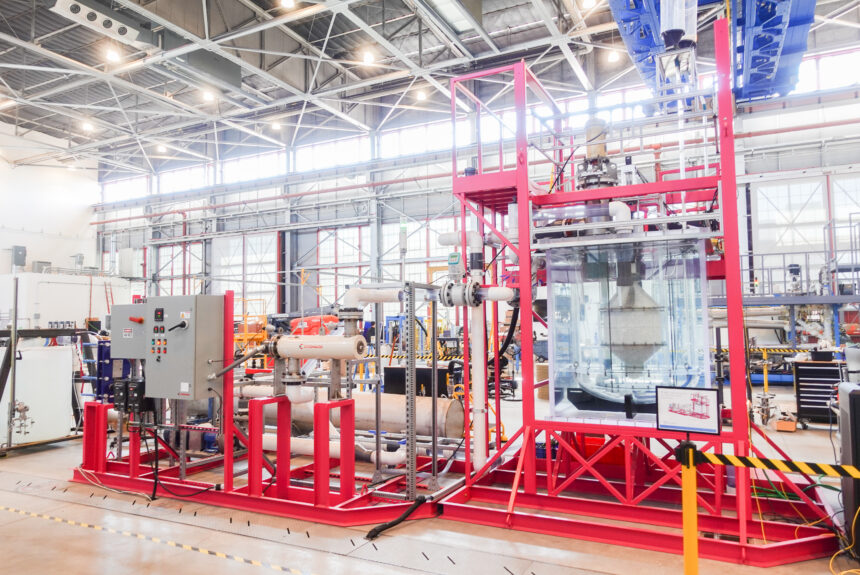The Nuclear Regulatory Commission (NRC) has approved the construction of a groundbreaking new power reactor in eastern Tennessee. Once operational, Kairos Power’s Hermes reactor will be able to provide thermal power at 35 megawatts to decarbonize industrial processes in the United States. The reactor is the first non-water-cooled design to receive NRC approval since 1968.
>>>READ: Countries Pledge to Triple Nuclear Power by 2050 at COP28
“[NRC] has voted to issue a construction permit to Kairos Power for the Hermes demonstration reactor to be built in Oak Ridge, TN – a critical step on our iterative pathway to commercializing advanced reactor technology,” Kairos stated on X.
The vote takes place merely two months after the NRC’s final review of Kairos on October 19–the last step in Kairos’s construction permit application (CPA) process. The entire application timeline took just over two years, an anomaly in the regulatory review landscape.
California-based Kairos Power specializes in developing a type of advanced nuclear reactor known as a molten salt reactor (MSR). MSRs use molten fluoride salt rather than water as the primary coolant. A coolant is any substance circulated through a nuclear reactor to remove or transfer heat; water is the most commonly used coolant in the United States.
Compared to standard water-based reactors, Kairos’s novel MSR design affords several advantages. As Kairos’s medium of choice, molten fluoride salt has a higher heat capacity and a more stable chemical composition than water. Its excellent heat-transfer properties make MSRs ideal for thermal power production and are easier to operate and more efficient than traditional pressurized water reactors. Because MSRs typically operate at lower pressures and feature built-in safety controls, they are also considered safer and more stable than your standard nuclear power plants, which are already safe. Their production costs are also expected to be lower due to their significantly smaller and more compact reactor cores.
>>>READ: House Energy and Commerce Moves to Unleash Nuclear Power
Kairos’s reactor, which was supported by the Department of Energy’s Advanced Reactor Demonstration Program, utilizes uranium encased in a ceramic pebble bed known as TRISO. TRISO does not break down even at extremely high temperatures, thereby improving the safety of the design. By using pebble-type fuel, Kairos Power reactors can refuel on demand, allowing for unmatched reliability and dispatchability. Molten fluoride salt is also compatible with conventional high-temperature structural materials like stainless steel, rendering Kairos’s technology even more commercially viable.
“This is a huge milestone for the nuclear energy sector,” said Kathryn Huff, the Assistant Secretary for the Office of Nuclear Energy. “NRC’s approval of the first ever CPA granted to a Generation IV reactor charts a path forward for future design applications as we work toward deploying new reactor technologies. This accomplishment is a testament to the collaborative work among Kairos, the NRC, DOE and all stakeholders involved in the project.”
Kairos is now conducting salt operations at its first engineering test unit (ETU) in New Mexico. The ETU is a full-scale mockup of Hermes that will be used to demonstrate key components of the reactor and allow workers to gain operational experience. Kairos is expecting to bring the Hermes reactor online as early as 2026.
Nathalie Voit is a freelance content creator and a graduate of the University of Florida. She is an alumni of The Heritage Foundation’s Young Leaders Program.
The views and opinions expressed are those of the author’s and do not necessarily reflect the official policy or position of C3.
